Post-Traumatic Vision Syndrome
What is traumatic vision syndrome?
Post-traumatic vision syndrome is a disruption of the visual process. Post-traumatic vision syndrome becomes after traumatic brain injury. This disruption is affected by the neurologic system of the extraocular muscles that control eye movements.
Sign and Symptoms of post-traumatic vision syndrome:
Visual dysfunction clinical signs of post-traumatic vision syndrome:
- Blurred vision
- Diplopia
- Low blink rate
- Depth-perception issues
- Difficulty with eye-tracking
- Photophobia
- Eye strain, especially while using a computer and reading
Non-visual symptoms of post-traumatic vision syndrome:
- Dizziness
- Headaches
- Poor balance
- Disorientation
- Difficulty in reading
- Difficulty in driving
- Difficulty in concentrating
- Visual memory problems
- Difficulty in navigating through crowded or tight spaces
- Inability to concentrate
- Fatigue
- Delayed visual memory
Tests for diagnosis of post-traumatic vision syndrome:
- Nuclear eye movements
- Supranuclear eye movements
- Visual field testing
- Vision Test
- Aneisokonia testing
- Hirschberg test & Cover Test
Nuclear eye movements: In nuclear eye movements Ductions compromise both eyes separately with one eye covered. There are six movements of the eye. Abduction refers to the lateral side movement of an eye. Supraduction or circumduction or elevation. Infraduction or subduction or depression. Incycloduction or intorsion. Excycloduction or extorsion.
Supranuclear eye movements: In supranuclear eye movements involves versions, pursuits, saccades, convergence, and vestibulo-occular reflex. Eye movements inform us about upper or lower motor neuron lesions caused by trauma.
Visual field testing: In visual field testing If the visual field is affected it can indicate towards condition affecting visual pathways from the optical nerve to the occipital lobe, tumors, Injury, and Poor circulation in the brain.
Vision Test: In a vision test using alphabets and shapes can help indicate possible ignore or field of vision loss thus indicating a neurological condition. visual activity test generally utilizes reading from a standardized chart or a card held 6 meters away thus indicating vision changes.
Aneisokonia testing: In aniseikonia testing show discrepancies in object size between eyes when you are looking at some object in the same direction.
Hirschberg test & Cover Test: In the Hirschberg test and cover test for inner eye alignment, we try to use a light source in the midline from 2 feet to reflect on the patient’s eyes while instructing them to focus on the light.
Complications of post-traumatic vision syndrome:
- Accommodation
- Ocular motor function
- Delayed visual memory
- Convergence
- Visual-vestibular
- Visual-motor output
Treatment of post-traumatic vision syndrome:
In physiotherapy treatment can use neuro-optometric rehabilitation exercises.
Neuro optometric rehabilitation:
Eye exercise:
- Near/ Far
- Two-Thumb Exercise for Convergence Insufficiency
- Smooth Tracking
- Saccades Exercises
- Pencil Push-Ups
Near/ Far exercise;
Write a letter on each the paper
Tape the papers on a long way wall and stand an as long distance away from that wall as possible
Hold the other paper out about a foot to your face and slightly to the right side so that you can simultaneously see both the paper in your hand and the paper on the wall
Without moving your head, use your eyes to alternate between looking at the paper in your hand focus on the image
Repeat ten times.
Two-Thumb Exercise for Convergence Insufficiency:
Hold one thumb close to your face and the other at a hand distance from your face
Focus your eyes on the thumb till the fingernail looks clear
Hold that focus for 10 seconds
Speedily move your focus from the thumb to the closer thumb and focus on the closer thumbnail
Hold that focus for 10 seconds
Back your focus to the far thumb and back to the series 5 times, building up your tolerance to 10 times
Smooth Tracking:
Holding the object at eye level about a hand’s length in front of your face, swing it side to side
Without moving your head follow the yo-yo with both eyes for about a minute.
Then swing the yo-yo forwards and backward
Every time the yo-yo reaches your face and is directly in front of you, reach out and tap it
Saccades Exercises :
In the two types of saccades exercise
- Saccades horizontal
- Saccades vertical
Saccades horizontal:
Place the two sticky notes on the wall at the level of the eye
Stand about 3 feet away from the wall
Without moving your head, suddenly look at the sticky note to your right
Quickly change your gaze to the sticky note on the right then back to the left then back to the right each time allowing your eyes a few seconds to focus on the capital letter before changing the sides
Repeat these motions three times a day for one minute.
saccades vertical:
Take two sticky notes and write a capital letter on each stick note
Place the sticky notes on the wall apart and line up vertically, with one about above eye level and one about below eye level
Stand about away from the wall
Without changing, your head position, look speedily at the top sticky note
Then move your gaze to the lower sticky note, then back to the sticky upper note, and on, each time allowing your eyes a few seconds to focus on the capital letter before switching sticky notes
Repeat the up-and-down eye motions three times a day for one minute
Summary:
Post-traumatic vision syndrome is a disruption of the visual process. Post-traumatic vision syndrome becomes after traumatic brain injury.
Signs and symptoms of post-traumatic vision syndrome are visual and nonvisual—tests for diagnosis of post-traumatic vision syndrome. There are different tests for diagnosed post-traumatic vision syndrome. Condition of post-traumatic vision syndrome Accommodation, Ocular motor function, Delayed visual memory, Convergence, Visual-vestibular, Visual-motor output.
Physiotherapy treatment can also use neuro-optometric exercise. The neuro-optometric rehabilitation exercise includes Near/ Far, Two Thumb Exercises for Convergence Insufficiency, Smooth Tracking, Saccades Exercises, and Pencil Push-Ups.
FAQ:
Can eye trauma be cured?
Some ye injuries heal with rest and at-home treatments. Others can cause severe eye damage and vision loss.
What are the 5 signs of an eye injury?
redness around the eye, stinging or burning, watering, sensitivity to light, and blurred vision.
How do you get over a traumatic sight?
Give yourself time, Talk about the therapist, Speak to other persons that have experienced the same problem as you, Ask for support, Avoid spending time alone, Stick to your routine, Consider seeking professional help, and Notice how you’re feeling.
Can you go blind from trauma?
Patients with head injury often have multiple and extensive intracranial areas that may involve the optic ways and result in different homonymous visual field defects or both sides of visual loss
How can I do vision therapy at home?
Sit in a comfortable chair with your foot flat on the floor, Position your thumb around away from your face, Stare at your thumb for 15 seconds, Break your focus, and look around far for 15 seconds, archive your focus return to your thumb, Repeat this exercise 5 times.

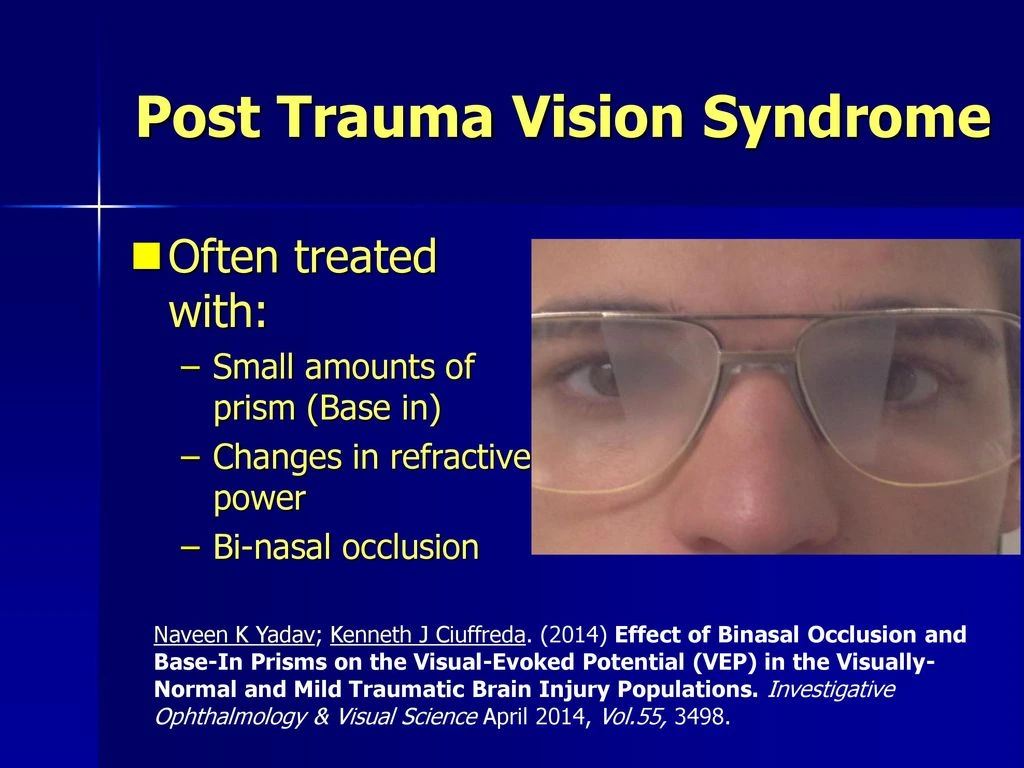
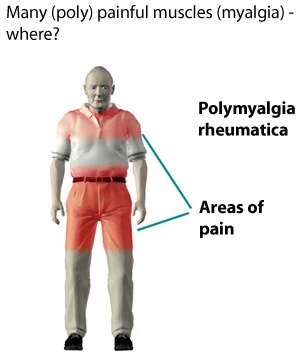
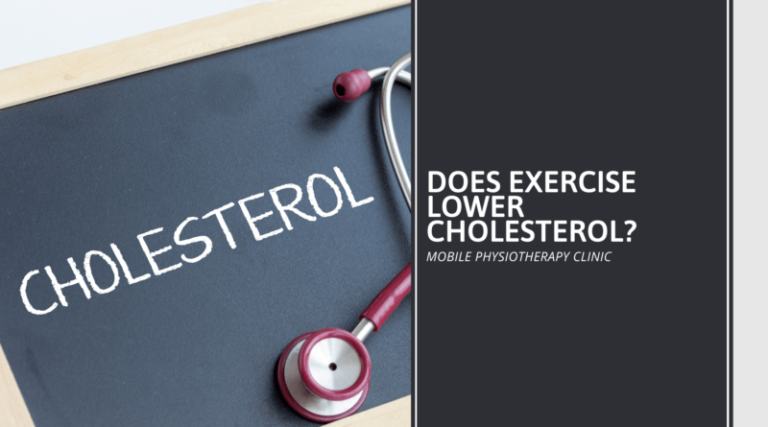
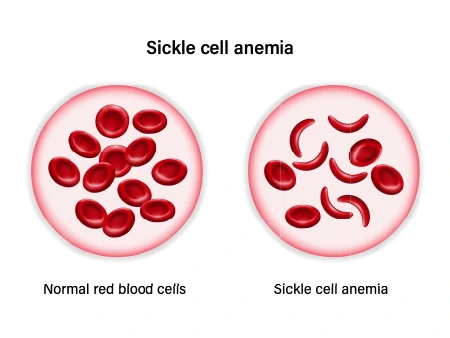
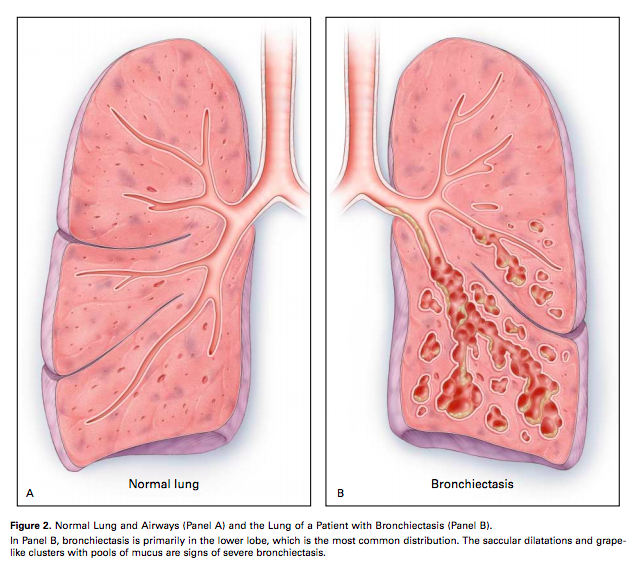
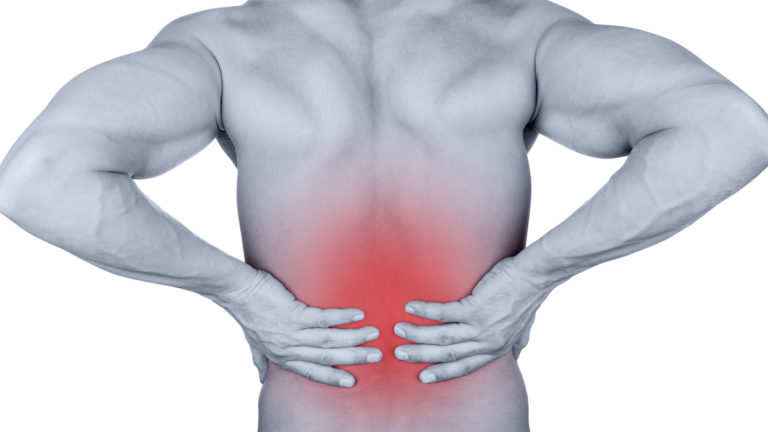
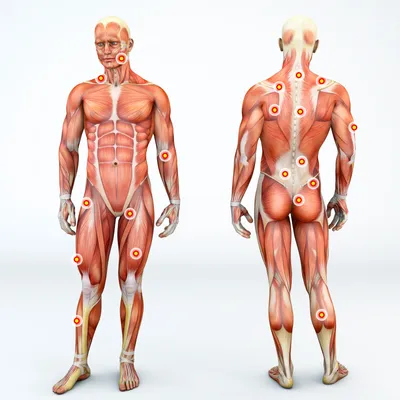
One Comment